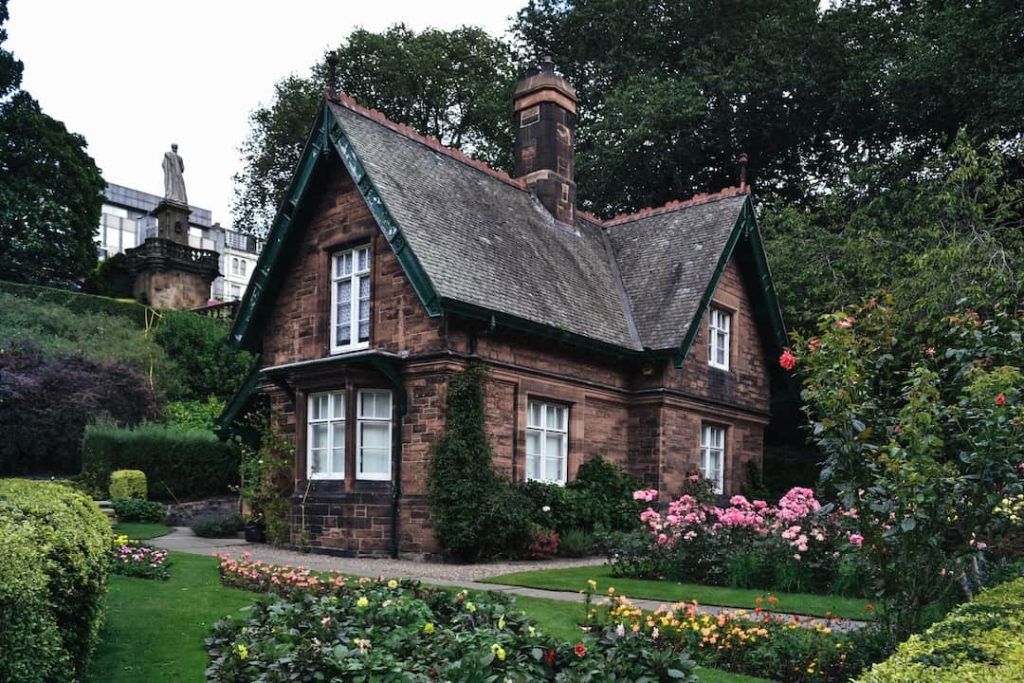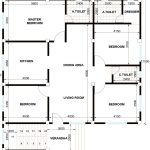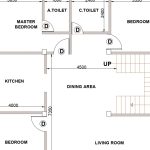
Before we learn about sustainable house features, we must understand the meaning of sustainability first. Sustainability is the way to create products and services that are required by humans by keeping in mind the impacts that the product or service might have on the environment. Sustainable design is the process of designing spaces that reduce the negative impacts it causes on the environment. The main objectives of a sustainable design are to minimize waste and reduce the usage of non-renewal resources, thereby creating healthy and productive environments for people to live in. Such designs improve building performances because they consider the health and well-being of the building occupants and the entire environment.
Buildings constructed in today’s world mostly emit carbon dioxide into the air which causes a huge threat to the environment. Global warming is one such threat that is caused by such buildings. Global warming is the long-term heating of the earth which is caused mostly due to the burning of fossil fuels, methane, and other such poisonous gases into the environment. Sustainable designs or Eco-friendly designs are the only way to save our Earth from getting degraded as such designs are energy-efficient, environmentally friendly, built of green/recycled materials, and use alternative energy resources.

So as we can see, sustainable architecture is the future of living on Earth as it seeks to minimize the negative impacts on the environment. The use of sustainable or eco-friendly design is to ensure that future generations do not have to suffer from all the things we have done to our planet in the name of “comfort.” Now, let us briefly look at some of the sustainable house features that can be considered while building a space.
Sustainable house features
Energy Efficiency

In cold places, people use an abundance of heaters and other means of technology to keep the interior of their houses warm so that they can live comfortably. Similarly, in warm places, people use air conditioners to keep the interior of the buildings cooler in comparison to the outside weather. These kinds of technologies, even though are helpful for us to achieve our desired level of comfort, such technologies are not exactly termed as eco-friendly. They use a lot of electricity, which in turn causes a lot of damage to the environment.
To achieve a more sustainable built environment, for example, instead of using heaters for cold places, one can always install a high-performance building envelope during the construction of the building. The building envelope includes the exterior covering of the building that consists of walls, doors, windows, etc. Installing these things will help as an insulator to the building which will, in turn, prevent heat loss, thus achieving comfort for the people living inside.
Building Placement

The placement of the building plays a huge role in the making of a sustainable building. When a building is positioned on a site, keeping in mind the airflow and sun path for that reason, it acts as a huge energy-saving mechanism.
Also, when a building is built in an isolated place, for example, in the middle of the woods, or on a lonely hill, it causes more harm than good to the environment. Suburban Sprawl is caused by such structures that require more energy consumption due to their isolated nature. To avoid such problems, careful zoning of a city must be done segregating all its parts into commercial, residential, and industrial areas.
Usage of renewable energy
Models such as the passive house have been being used for generations, and are one of the ways to achieve the state of ultra-low energy usage. Passive houses reduce the ecological footprint of a building. The most important point in sustainable architecture is to ensure that a structure is energy efficient throughout its entire lifetime. It depends on the designer on how they reduce the energy needs of the structures and increase their ability to generate their own energy.
Saving water
Saving water is one of the main points of building an eco-friendly home. This can be achieved in simple ways such as using low-flow water fixtures, using alternative water sources such as greywater for flushing toilets, and watering gardens, and strictly using high-quality filtered water for essential tasks such as drinking and cooking.
Stormwater management
Have you noticed that city areas get flooded mostly during the rainy season more than village areas? That is because of the use of impermeable surfaces such as tiles and pavers that do not allow rain to go into the soil to be stored as groundwater. Areas with more plants and soil absorb the rainwater, slowing down the flow and thus preventing floods. While planting trees is one of the ways to manage stormwater runoff, green roofs are also an effective solution. It helps prevent stormwater runoff from the roofs of buildings in urban areas and also, helps maintain a cooler temperature beneath the roof. Installation of permeable surfaces such as pavers that can absorb water can also help in soaking the water and taking it deep into the soil.
Eco-friendly materials

While selecting materials for constructing a building, the materials should be selected keeping in mind the level of sustainability it possesses. The looks at the extraction, processing, construction, and the waste it will generate, everything should be calculated before the selection of material. Also, the materials should be purchased from a local supplier if possible as it supports local businesses, and reduces the environmental impact that is caused by the greenhouse emissions associated with transportation.
Management of waste
The solid waste generated should be managed from the construction phase of the building to the completion. The materials that can be composted or recycled should be properly disposed of so that they can be reused again. Wastewater generated by a building must not be left open. Wastewater should flow from the site to a septic tank or a working sewage system. Treating wastewater onsite helps reduce the load on infrastructure by minimizing the waste amount required to be treated.






